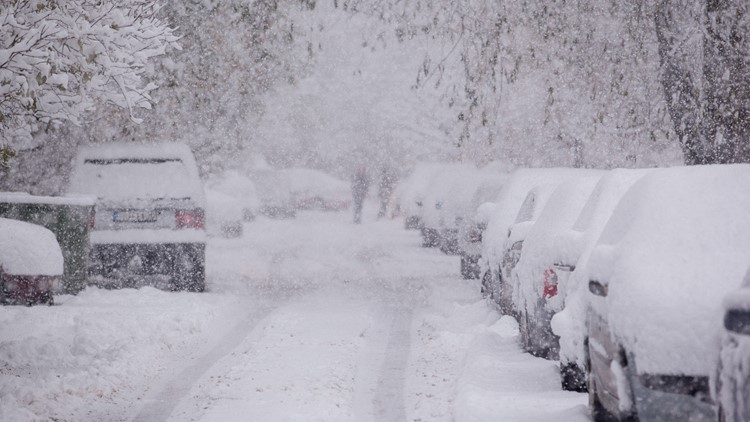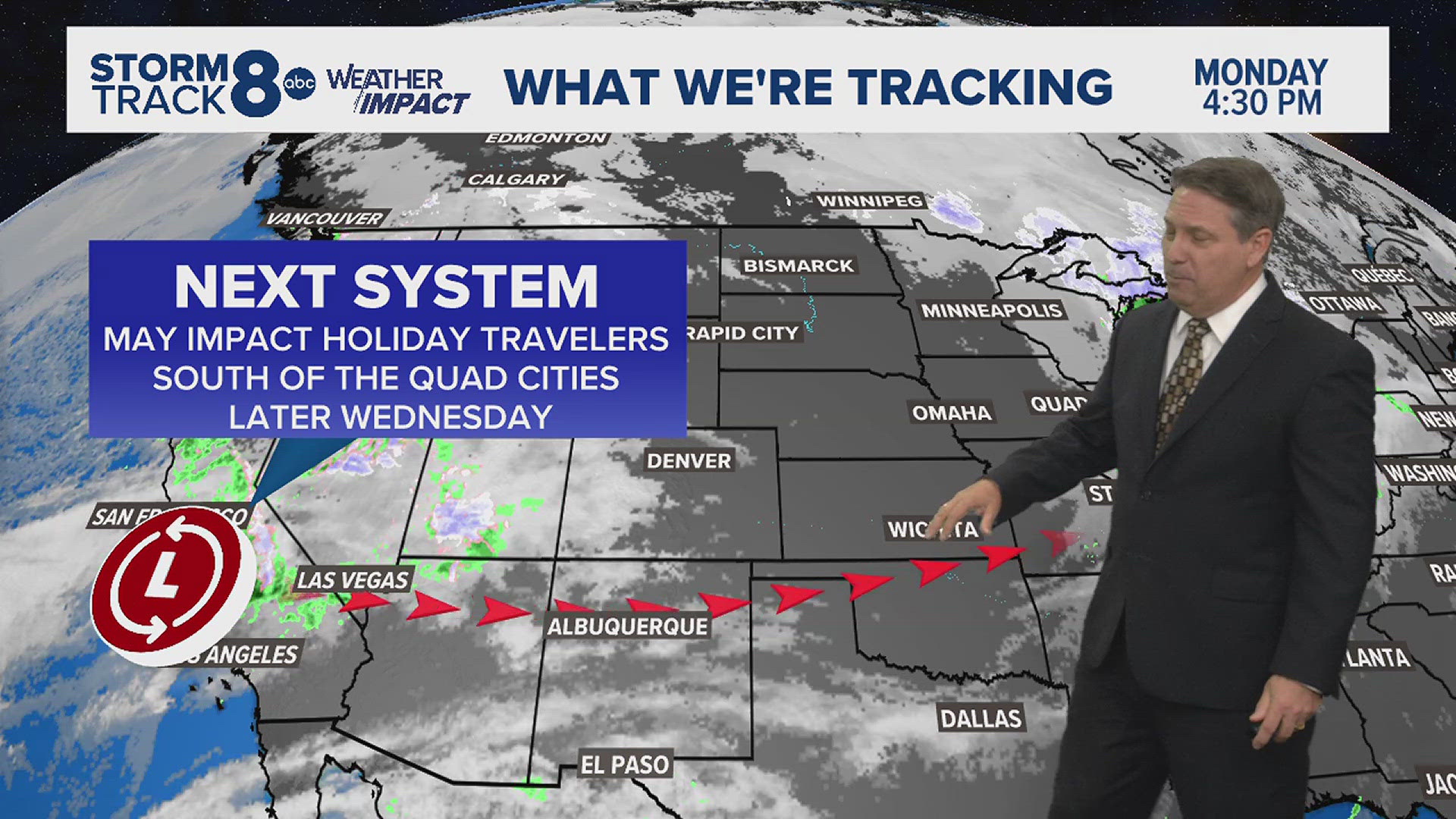MOLINE, Ill. — Winter is here! Despite this December being warmer than average, the Quad Cities can still expect to see wicked winds, frigid temperatures, heavy snow and troublesome ice this season.
You can't change the weather, so don't let it take you by surprise. Start preparing now for winter storms and put an emergency plan in place for your household.
Here are some things you should keep in mind when crafting your own severe weather plan:
Stay in place.
If you're outside, get inside. If you're inside, stay there. Avoid traveling on the roads if possible. Freezing temps, heavy precipitation and flying debris can all pose safety hazards to you and your vehicle. A warm shelter is the safest place for you to be during severe weather.
Set up an alert system.
Pay attention to local weather reports and warnings to know when severe weather events are in the forecast. In the event of a major weather event, Watch WQAD News 8 on TV, online or via other streaming platforms for storm coverage; download the Storm Track 8 Weather app for iOS or Android for the latest alerts on what's going on in the area; or listen in to NOAA Weather Radio to learn about warnings, watches and other hazards.
Create an emergency supply kit.
Before events that could leave you without power or trapped at home for an extended period of time, stock up on emergency supplies, such as water, food, batteries, first aid supplies, blankets, candles and matches and any medications that you would need. It's also wise to keep a full tank of gas in your car in the event you need to leave the house but can't make it as far as a gas station.
Keep devices charged.
In case you experience a power outage, make sure to keep your phone and any other communication devices you would need to receive weather alerts fully charged.
Take steps to prevent freezing pipes.
As colder weather sneaks in, it's important that renters and homeowners take do what they can to prevent costly pipe breaks and water meter freezes. Keep your thermostat on 55 degrees or higher. If you have sinks located along exterior walls, open below-sink cabinets to allow warm air to reach the pipes and leave a small trickle of water running overnight.



